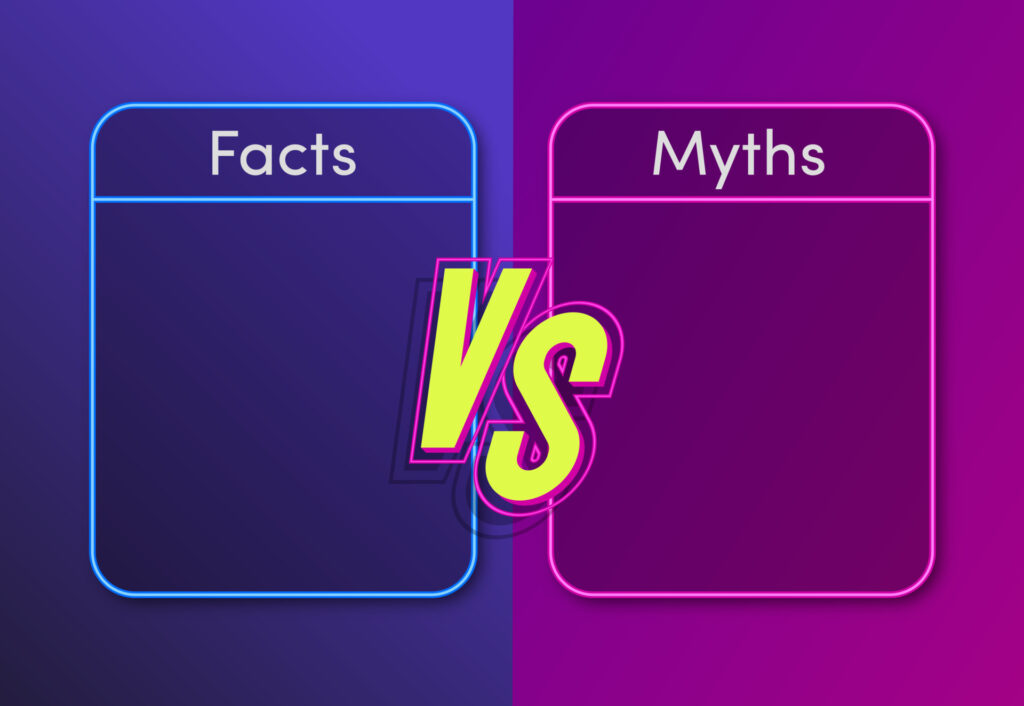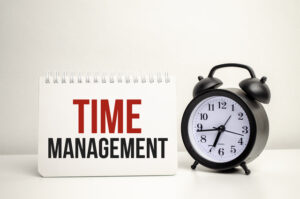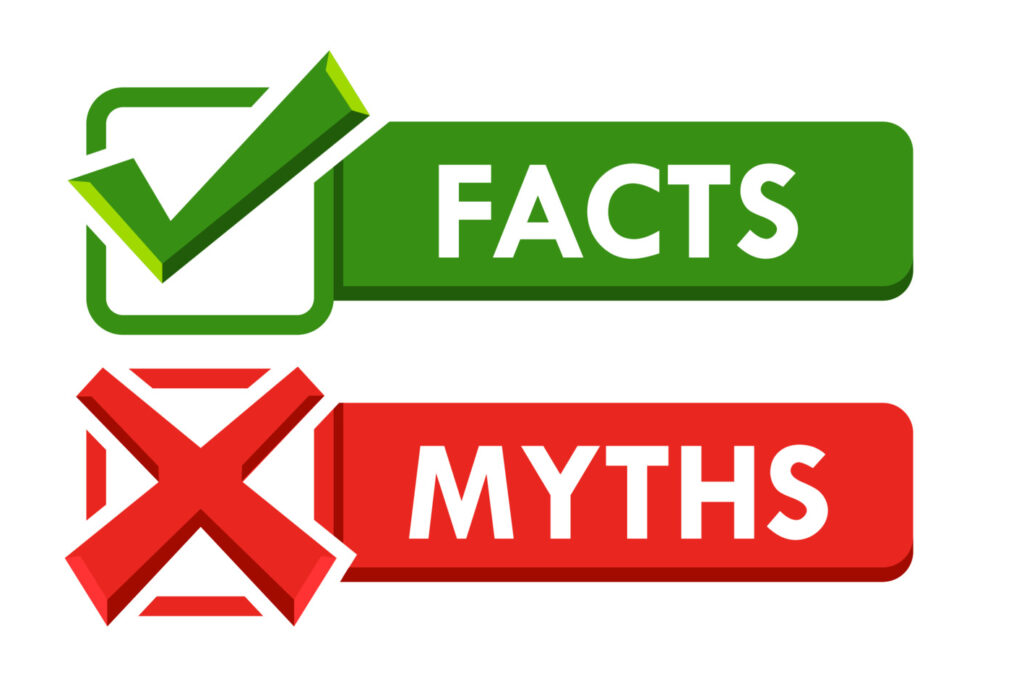Curious about what is increased productivity? Discover common myths, essential facts, and practical ways to boost productivity at work. Perfect for small business owners wanting to get more done without burning out.
In the hustle of running a small business, productivity is the golden ticket. What is increased productivity? Does it mean doing more in less time or simply staying busy all day? Knowing the difference can make a world of difference in your daily routines and long-term success.
In this article, we will explore some of the biggest myths around productivity, lay out the facts, and give you actionable ways to improve productivity in the workplace.
What Is Increased Productivity? Common Myths
When people hear “increased productivity,” it’s easy to picture someone working nonstop or juggling multiple tasks at lightning speed. But productivity isn’t about burning out or taking on every task you can. Let’s bust some common myths to get to the heart of real productivity.

Myth #1: Productivity Means Doing More
One of the biggest myths about increased productivity is that it’s all about sheer volume. We’ve all had days where we completed task after task but still felt unsatisfied.
That’s because productivity isn’t just about how much you do but about the impact of what you’re doing. If you’re completing low-impact tasks, it doesn’t matter how many you check off your list.
Myth #2: Multitasking Equals Efficiency
Sure, it seems impressive to be able to juggle multiple tasks at once, but productivity hacks tell a different story. Multitasking can spread your focus thin, leading to errors and slower work overall.
Time management tips often recommend focusing on one task at a time, as this leads to better quality work and faster results.
Myth #3: You Need Fancy Tools to Be Productive
While it’s true that productivity tools can help, you don’t need the latest tech or apps to stay on top of things. A simple daily productivity checklist or an organized task prioritization system can often make a bigger difference than the fanciest apps. The trick is to find a system that works for you and stick with it.
Myth #4: Longer Hours Mean Better Results
Spending more hours at work doesn’t automatically translate to increased productivity. Often, the opposite is true—too many hours can lead to burnout and reduced focus. Boosting productivity can often be as simple as focusing on time-saving techniques and taking short breaks to refresh your mind.
What Is Increased Productivity? Facts You Need to Know
Now that we have cleared up the myths, let us look at some solid facts about what increased productivity really is and how it can transform your small business.
Fact #1: Productivity Is About Working Smarter, Not Harder
Increased productivity is all about maximizing your efforts on tasks that truly matter. It is less about cranking out more tasks and more about focusing on activities that bring the best return. This often involves goal-setting for productivity, where you identify which tasks will bring you closer to your long-term goals and prioritize those.
Fact #2: Energy Management Matters as Much as Time Management
Many people focus on time management but ignore energy management. The truth is, productivity is not just about how you use your time; it’s also about how you manage your energy. High-energy times are ideal for tackling challenging tasks, while lower-energy times can be spent on easier, more routine items. Understanding your energy patterns can transform your productivity.
Fact #3: Productivity Requires Periodic Breaks

Staying focused at work doesn’t mean working nonstop. Regular breaks can increase productivity by keeping your mind fresh. Studies show that short breaks, even just a few minutes away from your screen, can recharge your focus and prevent fatigue. Overcoming productivity blockers often involves knowing when to take a step back and regroup.
Fact #4: Prioritizing and Planning Are Key
Effective task management tips tell us that prioritizing tasks is essential to staying productive. When you list your tasks, start with the most important or time-sensitive ones. A well-structured work schedule or a clear productivity tracker can make it easier to stay on top of what really matters.
Ways to Improve Productivity at Work
Knowing what productivity truly means is just the beginning. If you’re wondering how to implement this knowledge practically, here are a few tried-and-true strategies for improving productivity at work.
1. Use the Power of Batching
Task batching means grouping similar tasks and handling them in one go. This keeps you from constantly switching gears, which can break your focus and make tasks take longer. For instance, you could handle all your emails at one time rather than throughout the day. It’s one of the most effective time management strategies for busy workdays.
2. Set Realistic Daily Goals
Overloading your to-do list can set you up for failure. Instead, aim for goal-setting for productivity by limiting your list to 5–10 items per day.
Focus on tasks that truly impact your goals rather than filling the list just to feel productive. Setting productive work routines can give you a clear path each day and keep you from feeling overwhelmed.
3. Incorporate Breaks with the Pomodoro Technique

The Pomodoro Technique is one of the best work optimization strategies. You work for 25 minutes, take a 5-minute break, and repeat. This gives your brain a chance to reset and keeps your energy levels high. Short breaks are key to avoiding burnout and staying sharp throughout the day.
4. Create a Dedicated Work Environment
A productive work environment can make all the difference in your productivity. This doesn’t necessarily mean having a fancy office; it just means making a space that’s free from distractions. Simple adjustments, like good lighting or a clean workspace, can improve your focus and help you stay in the zone.
5. Use Simple Tools to Track Progress
There’s no need to overcomplicate things. A productivity tracker like a daily planner or even a whiteboard can help keep you organized. By marking off completed tasks, you’ll not only stay on top of your workload but also get that rewarding feeling of accomplishment.
Conclusion – What is Increased Productivity?
So, what is increased productivity? It’s all about making the most of your time and energy while avoiding common myths that can hold you back. By focusing on high-impact tasks, managing your energy, and using effective tools, you can make each day more productive and fulfilling.
The key to success isn’t just in doing more but in doing what truly matters. Implement these tips, and you’ll start seeing the positive effects of increased productivity in no time.
By shifting your approach and working with intentionality, you will build habits that help your business thrive without burning out. Ready to give it a go? Consult BCINC for assistance TODAY!
Related Articles
- Time Management Tools and Techniques – Choose the Best for You
- Causes of Low Employee Productivity – How to Fix Multitasking
FAQ for What is Increased Productivity?
What is increased productivity?
Increased productivity means getting more done with the same or less effort. It’s about working smarter and focusing on tasks that have a higher impact on your goals.
Does working longer hours improve productivity?
Not necessarily. Long hours can actually reduce productivity if they lead to burnout. Taking breaks and managing your energy can be more effective.
How can small business owners increase productivity?
Small business owners can boost productivity by setting clear goals, prioritizing tasks, creating a productive workspace, and using time management tips like task batching and the Pomodoro Technique.
What are some effective productivity tools for small businesses?
Tools like Trello, Notion, or a simple daily productivity checklist can help track tasks and set priorities. However, you don’t need high-end tools to be productive; even a pen and paper can work if it keeps you organized.
References
Indeed (2024) What is Productivty and Why It Matters https://www.indeed.com/career-advice/career-development/what-is-productivity

